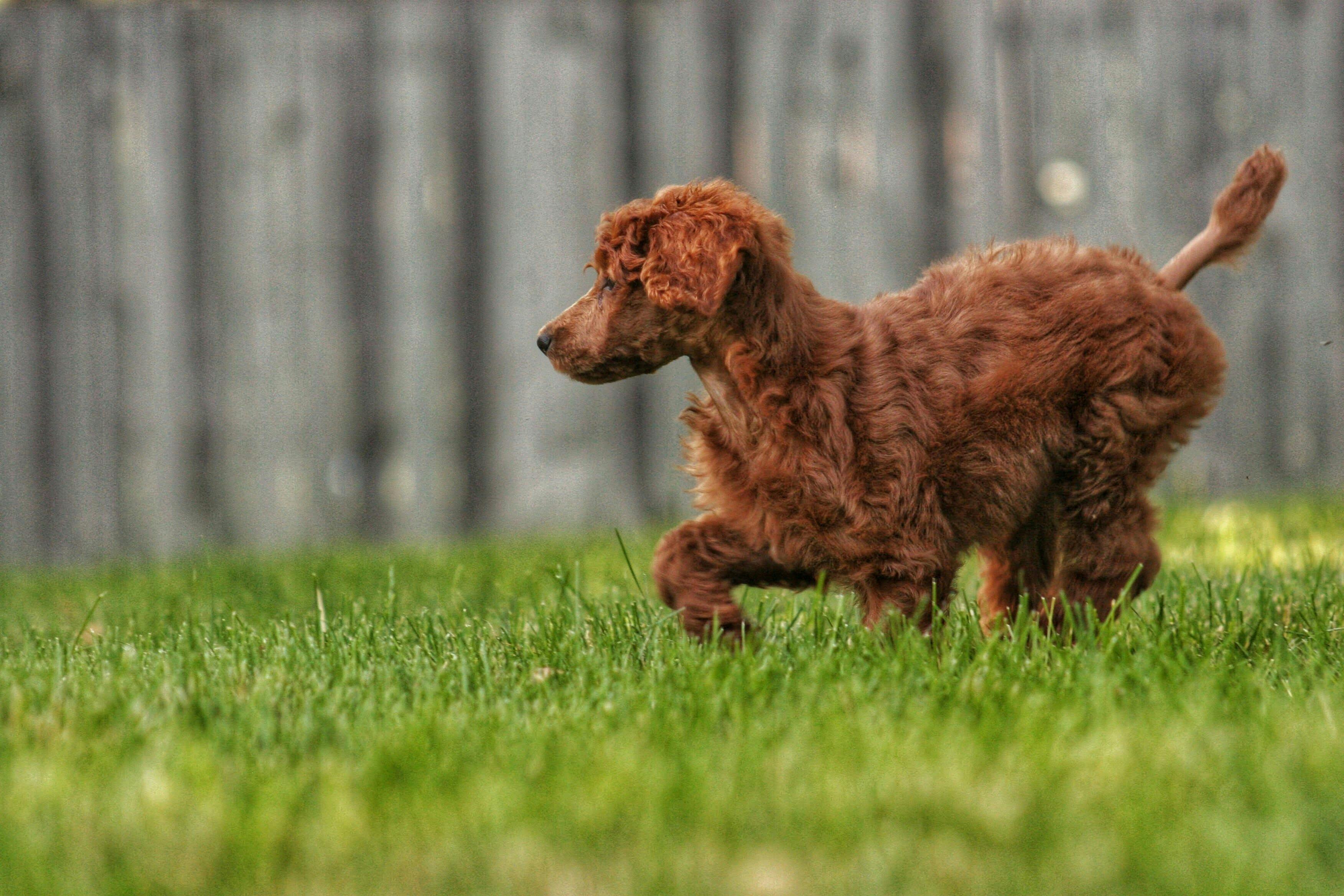- Home
- Dog Wellness
- 4 Crucial Yard Mistakes to Avoid for Your Pet's Safety
3 min read
4 Crucial Yard Mistakes to Avoid for Your Pet's Safety

By Emily Bayne
Published: 05/14/2021, edited: 08/10/2021
Save on pet insurance for your pet
You don't have to choose between your pet and your wallet when it comes to expensive vet visits. Prepare ahead of time for unexpected vet bills by finding the pawfect pet insurance.
Published: 5/14/2021
A backyard is a place of fun and freedom for most dogs, but it can also be an extremely unsafe place. Most pet parents don't even consider the dangerous chemicals, animals, and toxic plants that are lying around their lawn.
A backyard is a place of fun and freedom for most dogs, but it can also be an extremely unsafe place. Most pet parents don't even consider the dangerous chemicals, animals, and toxic plants that are lying around their lawn.
In this article, we'll explore 4 crucial garden mistakes that can jeopardize your pet's safety. So what hidden dangers are lurking in your backyard? Let's find out.
#1. Fertilizer
We all want our lawns to look lush and green, but the products we use to maintain our grass can be detrimental to our pets' health.
If you regularly fertilize your lawn with chemical fertilizers, it's important to familiarize yourself with the symptoms of chemical fertilizer ingestion. These include:
- stomach upset
- excessive salivation
- discolored mucus membranes
- loss of coordination
- seizures
- respiratory distress
- death
Skin contact with chemical fertilizer can also be problematic — symptoms include skin redness, ulcers, and pain in the affected area. When using chemical fertilizers, particularly formulas with pesticides and herbicides in them, keep Fido off the lawn for at least 72 hours after application.
All-natural fertilizers are typically the best option for pet parents. Seaweed fertilizer, worm castings, and fish emulsion are great all-natural and safe alternatives to chemical fertilizers. While fish emulsion is an excellent option for sprucing up a lawn, it does have a pungent odor that dogs find appealing. You might want to keep Fido inside for a few days after application to keep them from licking it or rolling in it.
#2. Toxic plants
Did you know your beautiful outdoor foliage may be poisonous to your pets? Citronella, daffodils, sago palms, chrysanthemum, aloe, gladiolas, and peonies are some of the more common plants that pose a risk to fur-babies. Vegetable plants are often thought of as innocuous, but the foliage from these can be just as dangerous for dogs and cats. Tomatoes, cherry trees, cilantro, and cucumber all contain compounds that are toxic to dogs. For a more comprehensive list of dangerous greenery, check out the ASPCA website.
#3. Insects and snakes
Insects and snakes are a big problem in the warmer months, and it's important that you protect your pets against them in a safe way. Pesticides and poisons are probably the first things that you think of when dealing with pests, but these come with their own share of risks. Here are some safer solutions to protect your pets against creepy crawlies:
- Remove any wood or trash lying around since snakes and insects gravitate towards areas that stay dark and moist.
- Put your pets on flea, tick, and heartworm preventatives. Flea and tick preventatives can keep your pet from catching nasty illnesses and secondary parasites like roundworm and Lyme disease. Heartworm preventatives won't keep your pet from being bitten by mosquitoes, but they can prevent your dog from getting a potentially deadly heartworm infection from a mosquito bite.
- Dump any buckets of standing water and fill in holes that gather rain since mosquitos lay their eggs in stagnant water.
- Plant rosemary and basil around your yard to keep insects away. These fragrant and tasty plants not only repel insects, but they're safe for dogs too.
#4. Weedkiller and pesticides
Weed killers and pesticides are extremely poisonous to dogs — especially for grass-eaters. Even just walking in treated areas can be dangerous since dogs can lick the poison off their paws. Ingesting even small amounts of herbicide can cause upset stomach, seizures, chemical burns, collapse, and respiratory distress. While it's best to avoid these products altogether, we understand that that isn't always possible.
If you must treat your lawn, be sure to keep Fido inside for a few days until the chemicals have time to absorb completely. Entertain your pup with games like hide-the-treat and tug-of-war to keep them busy while the backyard is off-limits.
Other tips to ensure a safe yard
- If you have a pool, fence it in or keep it covered.
- Prevent fall hazards by filling in holes.
- Give your pet a shady area to hang out on hot days.
- Keep fresh water outside to prevent dehydration.
- Fence in your backyard to keep Fido from running away.
- Put your pets inside the house when cutting grass.
Now that you’re aware of the 4 crucial yard mistakes, you’re already well on your way to creating a safe "pawadise" for your fur-babies. Remember, stick to all-natural fertilizers, keep Fido off the lawn when using herbicides, and research your plants to make sure they are pet-safe.
You may also like
